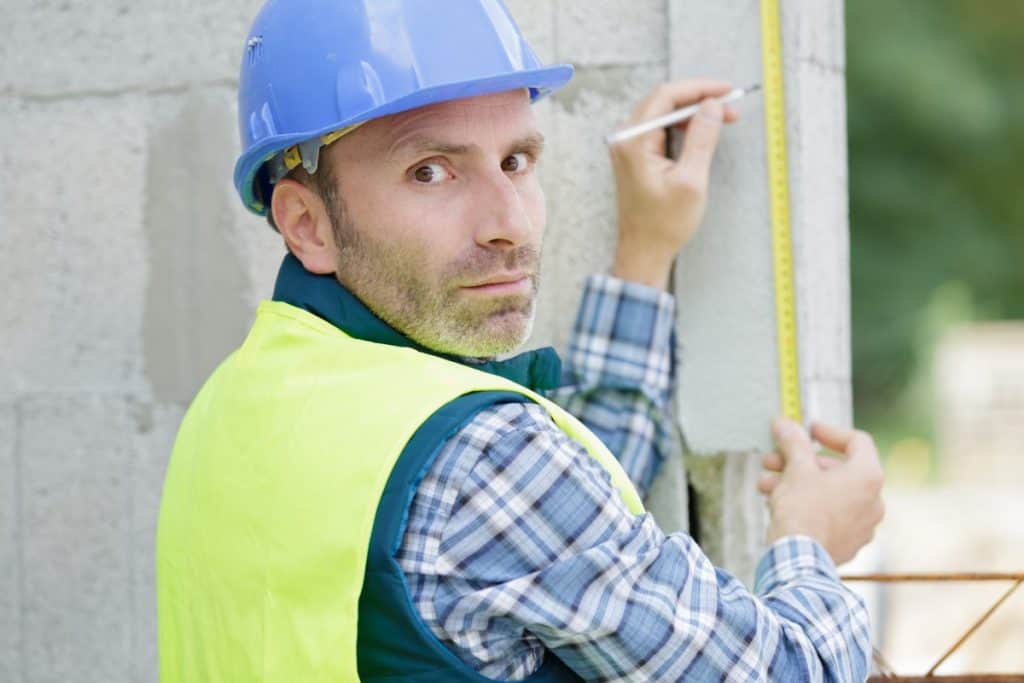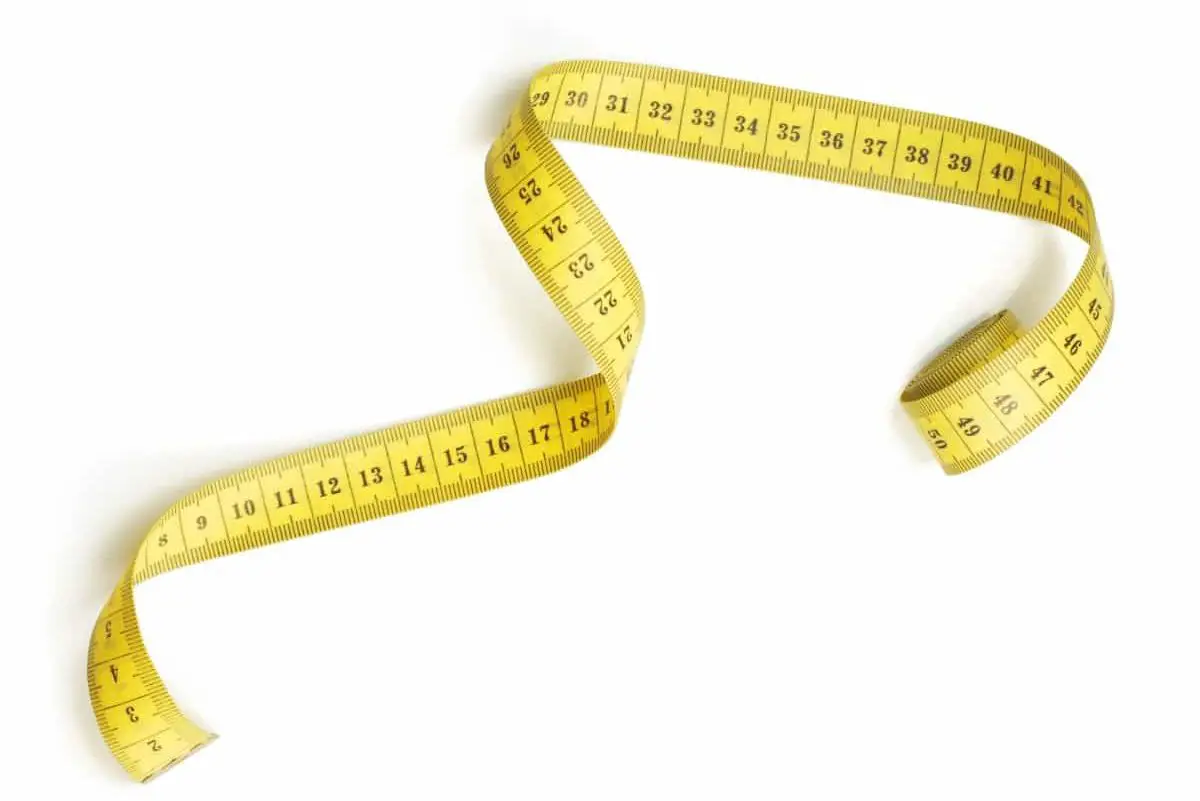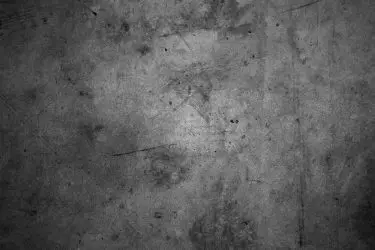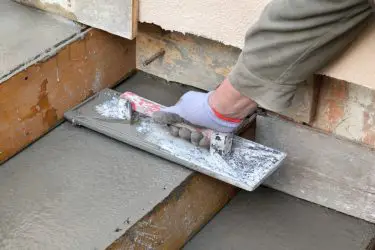It’s important to know how much concrete you need for any given project. For a lot of people, they’ll be buying concrete by the bag. Here’s the number of bags that you’ll need per cubic yard:
| Bag Weight | 1 Cubic Foot | 1 Cubic Yard | 1 Cubic Meter |
|---|---|---|---|
| 50lb | 3 Bags | 82 Bags | 107 Bags |
| 60lb | 3 Bags | 68 Bags | 89 Bags |
| 70lb | 3 Bags | 58 Bags | 77 Bags |
| 80lb | 2 Bags | 51 Bags | 67 Bags |
| 90lb | 2 Bags | 46 Bags | 59 Bags |
| 30kg | 3 Bags | 61 Bags | 81 Bags |
But how did I come up with those numbers, and how much concrete will you be needing total?

The Weight of Concrete
Concrete weighs about 150 lbs per cubic foot. That may not seem so dense, but remember that when we work in three-dimensional space we often end up with surprisingly large numbers when it comes to volume. For instance, one cubic yard is going to be 27 cubic feet of concrete.
27 cubic feet of concrete will weigh about 4,056 pounds. This is the number that I used to calculate the number of bags you need per yard since bags are usually measured by the pound.
I also rounded up whenever I got an incomplete or decimal number. This is because it’s more important to fill your form with concrete than it is to get exactly the right amount.
Because of this, it’s standard practice to make a bit more concrete than you need.
Finally, it’s important to remember that a bag of concrete will usually make a little bit more concrete than it says on the bag when all is said and done.
Related article: Number of Bags of Concrete Needed for a 10×10 Slab
This is because adding water to the concrete will usually add a few extra pounds of weight to it depending on how much you mix in.
I didn’t take this into account in my math, since it’s often difficult to tell exactly how much the concrete will increase in weight when adding water and how much of that weight it will lose over time.
It also doesn’t tend to have an enormous effect on the number of bags that you need to buy overall.
Measuring Your Space to Know How Much You Need
As important as knowing how many bags of concrete you’ll need per cubic yard, it’s often even more important to know how many cubic yards you’ll end up needing.
To calculate this, you’ll need three numbers: The length of the space you intend to fill, the width of that space, and the depth of concrete that you’re hoping to pour.
The first two should be simple enough to take. The third will depend on the nature of your project.
We have articles recommending thicknesses for sheds, garages, and sidewalks if those are helpful to you.

Otherwise, it’s a good rule of thumb to pour 4 inches for small projects that won’t bear much weight, 6 inches for projects that will have any sort of vehicle traffic, and 8 or 9 inches if they’ll ever need to carry anything heavier than a Toyota Tacoma.
Once you have all your numbers, you’ll need to convert them into inches.
Why? Because the smallest denomination you’re going to be using is inches, and since you’re going to need to multiply all these numbers together you’ll need them all to be measured in the same increments.
As a quick refresher, 1 foot is 12 inches and 1 yard is 36 inches.
Next, you’ll need to multiply the width, the length, and the depth of the space that you want to fill together. When you’ve got your answer, it will be in cubic inches.
You can get the number of cubic yards by dividing the number that you come up with by 46,656. You can get the number of cubic feet by dividing the total by 1,728.
How To Get Concrete
When it comes time to buy concrete, your choices will be between buying the bags from a big box store and mixing them yourself or ordering the concrete from a local Ready-Mix concrete company.
My recommendation for buying any amount of concrete that is a cubic yard or higher is to always go with a ready mix.
While it seems like it should be more expensive, ready mix concrete is the cheapest way to buy concrete in bulk, and, most importantly, you won’t need to deal with multiple tons of concrete powder on your own.
Related article: How Many Yards of Concrete Come on a Pallet?
Trying to mix that much concrete on your own can be difficult even if you have a concrete mixer on hand just because of the sheer weight of the materials you’ll be working with.
If you do end up choosing to buy enough concrete for a couple of yards and mixing the concrete on your own, be sure to take your project in small parts and get a few friends to work with you. It’s a lot of fo work, so you’ll want all the help you can get.
Also Read: How to Mix Large Quantities of Concrete (On the cheap!)



